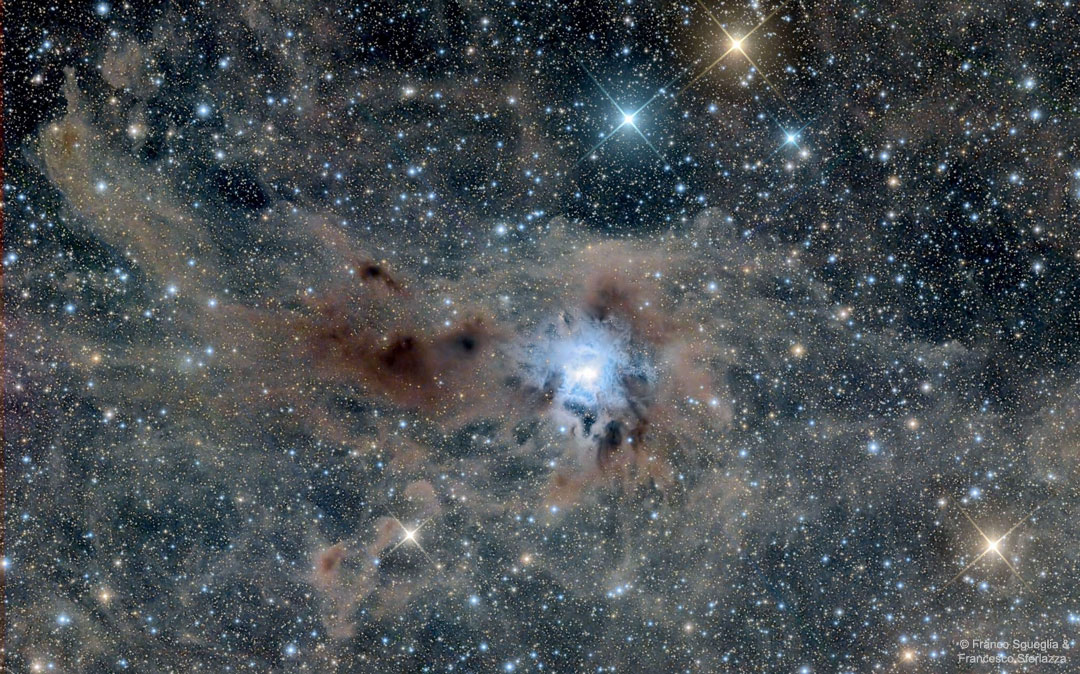
2018年7月31日 星期二
The Iris Nebula in a Field of Dust

NASA's Saturday Morning Cartoon Guide To SLS-Orion
I'm sorry but this @NASA graphic looks like a clip from a Scooby Doo episode. https://t.co/hEePFiBvaa
— NASA Watch (@NASAWatch) July 31, 2018
from NASA Watch https://ift.tt/2M7wqph
via IFTTT
NASA Selects US Firms to Provide Commercial Suborbital Flight Services
July 31, 2018
from NASA https://ift.tt/2LOUTCQ
via IFTTT
OSTP Just Said Something About Outer Space
FY 2020 Administration Research and Development Budget Priorities, OSTP
"American Space Exploration & Commercialization - Research and innovation in space have a direct impact on Earth, generating advancements in our basic understanding of the universe and our own planet, and inspiring the next generation of scientists and engineers. Research investments should be focused on ensuring American leadership in space for long-duration spaceflight, in-space manufacturing, in-situ resource utilization, longterm cryogenic fuel storage and management, and advanced space-related power and propulsion capabilities. Agencies should prioritize demonstrations and flight tests to ensure an industrial base for commercial activity in space and on celestial bodies. One area of potential scientific and commercial importance is microgravity-related research that has the potential for near-term breakthroughs in biopharmaceuticals and materials science. Finally, agencies should seek opportunities to work with advanced materials, additive manufacturing, optical communications, and machine learning-capabilities that have broad potential applications in space and on Earth."
from NASA Watch https://ift.tt/2vmqiCl
via IFTTT
Pluto Huggers Are Upset By The Use Of The Term "Planet 9"
Keith's note: (Sigh) This had to happen. Now there are planetary scientists who actually think that use of the term "Planet 9" is "insensitive" - and they even have a petition urging support for their barely-contained outrage. If the Pluto huggers were serious about the responsibility that goes with naming things on worlds they should have thought twice about naming surface features on Pluto after things such as a SciFi monster named "Cthulhu" whose head is shaped like calamari. And they were all nicknaming features like crazy before the IAU even had a chance to weigh in. But wait - weren't many of the same undersigned complainers recently complaining about the IAU naming process - and demanding a greater role for public input in this process? Well, that is what is happening: there may be a large planet lurking in the outer solar system and some scientists and the public want to call it "Planet 9". And they are. C'mon Alan Stern. You can't have it both ways. Just sayin'
"ON THE INSENSITIVE USE OF THE TERM "PLANET 9" FOR OBJECTS BEYOND PLUTO: We the undersigned wish to remind our colleagues that the IAU planet definition adopted in 2006 has been controversial and is far from universally accepted. Given this, and given the incredible accomplishment of the discovery of Pluto, the harbinger of the solar system's third zone - the Kuiper Belt - by planetary astronomer Clyde W. Tombaugh in 1930, we the undersigned believe the use of the term "Planet 9" for objects beyond Pluto is insensitive to Professor Tombaugh's legacy. We further believe the use of this term should be discontinued in favor of culturally and taxonomically neutral terms for such planets, such as Planet X, Planet Next, or Giant Planet Five."
Petition signers below:
from NASA Watch https://ift.tt/2LQ3uoR
via IFTTT
Get Ready For The Space Force
Pentagon not waiting for Congress to create space force: report, The Hill
"The Department of Defense is reportedly planning to create a new Space Operations Force in upcoming months at the direction of President Trump, despite lacking congressional approval for the new military service branch. Defense One reports that the Pentagon has laid out its plan to create the new Space Force in a 14-page report that will be given to lawmakers later this week. Defense One reports that it has reviewed a draft copy of the report dated July 30. The plan as it is currently laid out in the draft includes creating a Space Force with four parts, three of which will be established over the next few months. A combatant command for space, a joint agency that will purchase military satellites and a new warfighting community are among the three parts to be established in the near future."
from NASA Watch https://ift.tt/2KfzMES
via IFTTT
Prepping to Launch for the Sun

2018年7月30日 星期一
Layers of the South Pole of Mars
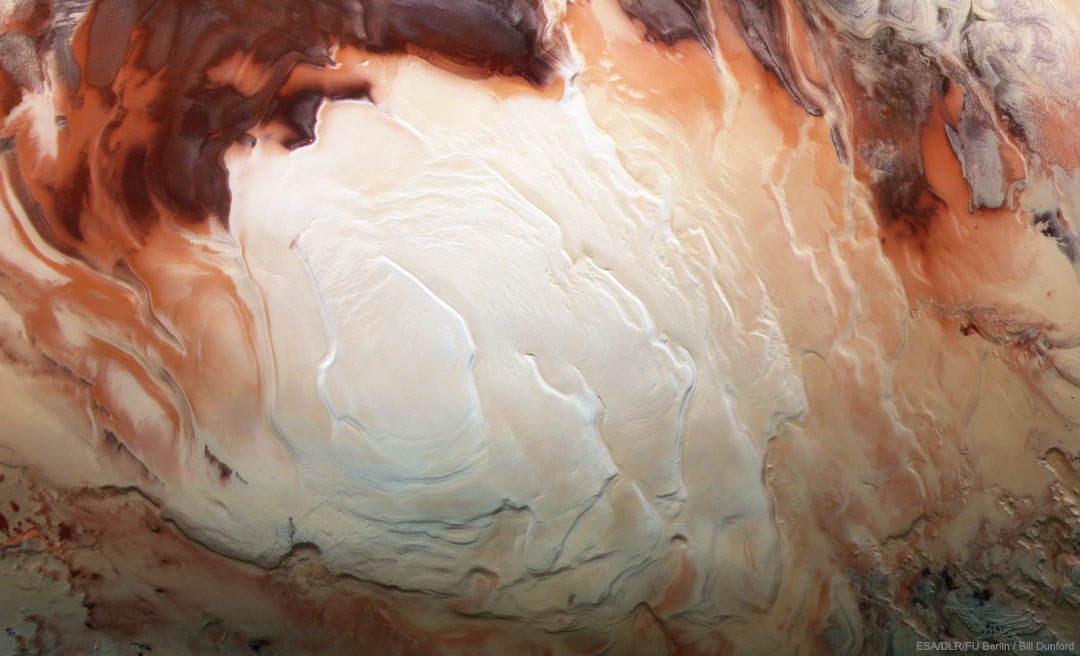
Yet Another Feel Good Space Bill That Does Not Pay For Itself
Sens. Cruz, Nelson, Markey Introduce Space Frontier Act
"U.S. Sens. Ted Cruz (R-Texas), Bill Nelson (D-Fla.), and Ed Markey (D-Mass.), members of the U.S. Senate Committee on Commerce, Science, and Transportation, on Wednesday introduced the Space Frontier Act (S. 3277). This commercial space bill builds upon the 2015 Commercial Space Launch Competitiveness Act by streamlining and reforming the regulatory framework for commercial space launch and Earth observation operations, which is crucial to maintaining American leadership in space. The bill also extends the operation and utilization of the International Space Station (ISS) through 2030 to ensure that the U.S. is getting the maximum return on American taxpayer investment to avoid creating a leadership vacuum in low Earth orbit."
Keith's note: Contain your enthusiasm, space fans. This grab bag of ideas does not actually fund itself. It may well make it easier for space commerce to proceed with various commercial ventures by cutting some red tape. But in terms of the things this bill wants NASA to pay for (like ISS through 2030) this legislation just says that its OK to spend money on these things. Actually spending money to do these things is another matter entirely and is up to appropriators to argue about annually for the next 12 years or so. How NASA will be assured of the funding needed to fund ISS through 2030 while doing the whole Moon/Mars thing has yet to be addressed. Oh yes - what about Space Force?
from NASA Watch https://ift.tt/2NYCwst
via IFTTT
Soaring Into an Orbital Sunrise

CASIS Wastes Crew Time And Delays NASA's Human Spaceflight Research
NASA's Management and Utilization of the International Space Station
"NASA uses 76.6 percent of the Station's research resources, so it pays 76.6 percent of the U.S. Segment's operating costs. Although a significant portion of total Station research time, the NASA Authorization Act of 2010 requires at least 50 percent of these resources, including upmass and crew time, be allocated to the CASIS-managed National Laboratory, limiting the time and capabilities available to NASA for mitigating risks associated with future space exploration goals. While our prior work found that CASIS has used on average only 52.7 percent of the crew time allocated from September 2013 to April 2017, its use of crew time has increased since 2016 to 72.8 percent between March 2016 and September 2016 and 68.1 percent between September 2016 and April 2017.39 Any allocation unused by CASIS can be used by NASA for its own research."
OIG: NASA's Management of the Center for the Advancement of Science in Space (CASIS) (2018) earlier post
"CASIS will be allocated additional research hours when NASA adds an additional crew member to the Station in late 2018. However, given its performance to date, CASIS utilization rates for the National Lab will likely further diminish."
from NASA Watch https://ift.tt/2K8KvAU
via IFTTT
NASA's Space Station Commercialization Plans Collide WIth Reality
NASA's Management and Utilization of the International Space Station, NASA OIG
"Specifically, we question whether a sufficient business case exists under which private companies will be able to develop a self-sustaining and profit-making business independent of significant Federal funding within the next 6 years. Likewise, any extension of the ISS past 2024 would require continued funding in the neighborhood of $3-$4 billion annually to operate and maintain the Station - a significant portion of which could otherwise be redirected to develop systems needed for NASA's cislunar or deep space ambitions. In addition, extending the Station's life would challenge NASA to manage the risks associated with continued operation of the Station's aging systems and infrastructure. Furthermore, any extension will require the support of NASA's international partners, whose continued participation hinges on issues ranging from geopolitics to differing space exploration goals."
from NASA Watch https://ift.tt/2mUcRG1
via IFTTT
2018年7月29日 星期日
2018年7月28日 星期六
Journey to the Center of the Galaxy

2018年7月27日 星期五
One Night One Telescope One Camera
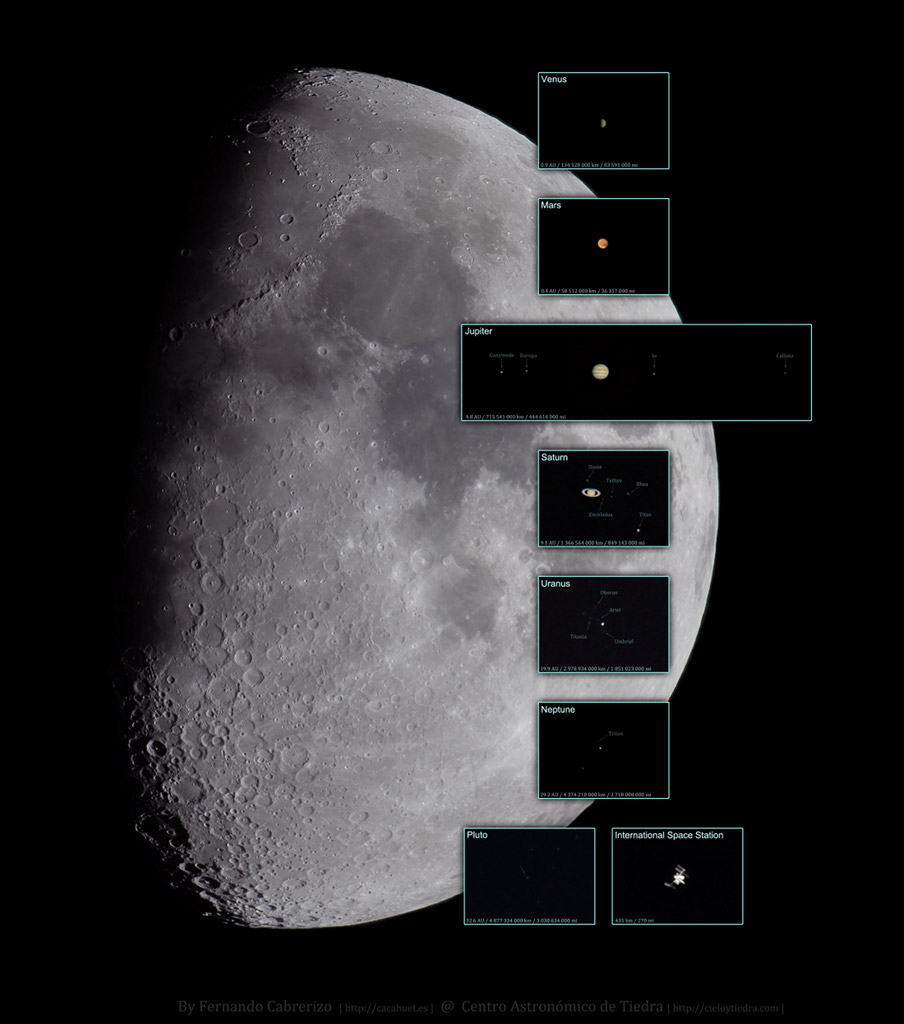
NASA Gives $1.4 Million to Help Minority-Serving Colleges Develop New STEM Courses
July 27, 2018
from NASA https://ift.tt/2uUX7Xw
via IFTTT
NASA Awards Contract for Earth Science Data Archive Center Support
July 27, 2018
from NASA https://ift.tt/2uSKmN0
via IFTTT
NASA Invites Media to Meet Earth Science Innovators
July 27, 2018
from NASA https://ift.tt/2LvIvbk
via IFTTT
NASA Interns, New Mexico Community, Virginia Students to Call Space Station
July 27, 2018
from NASA https://ift.tt/2mMOEBi
via IFTTT
Jody Singer Named Acting MSFC Director
Jody Singer Named NASA Marshall Space Flight Center Acting Director
"NASA has named Jody Singer acting director of NASA's Marshall Space Flight Center in Huntsville, Alabama, as the agency seeks a permanent director. Todd May, who had served as Marshall director since February 2016, retired from the agency effective July 27, capping a 27-year career with NASA that began in 1991 as an engineer at Marshall."
from NASA Watch https://ift.tt/2LJDX0v
via IFTTT
Hubble Takes Portrait of Opulent Ring World

ISS Daily Summary Report – 7/26/2018
July 27, 2018 at 12:00AM
from NASA https://ift.tt/2AgCZEv
via IFTTT
2018年7月26日 星期四
Mars Opposition
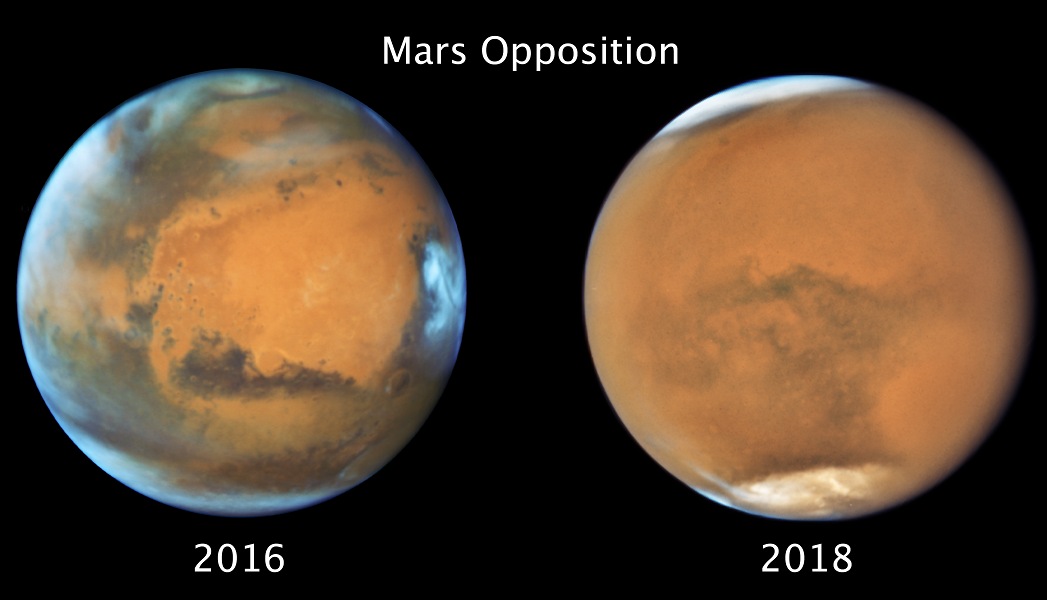
Northrop Grumman Says That Proven Technology Is New
|
|
from NASA Watch https://ift.tt/2uUFBCI
via IFTTT
Northrop Grumman CEO's Evasive Webb Space Telescope Testimony
|
|
|
|
|
|
from NASA Watch https://ift.tt/2AeBUgu
via IFTTT
From Interns to Astronauts

NASA Administrator to Visit Langley Research Center July 31
July 26, 2018
from NASA https://ift.tt/2NMz1W9
via IFTTT
ISS Daily Summary Report – 7/25/2018
July 26, 2018 at 12:00AM
from NASA https://ift.tt/2OlVTMW
via IFTTT
2018年7月25日 星期三
Yet Another #JourneyToMars Hearing
Hearing: Destination Mars - Putting American Boots on the Surface of the Red Planet (with video archive)
"U.S. Sen. Ted Cruz (R-Texas), chairman of the Subcommittee on Space, Science, and Competitiveness, will convene a hearing titled "Destination Mars - Putting American Boots on the Surface of the Red Planet" at 2:15 p.m. on Wednesday, July 25, 2018. The hearing will focus on the National Aeronautics and Space Administration's (NASA) exploration priorities and will be the first in a series of hearings in anticipation of a future NASA authorization legislation."
Prepared Statements
- Sen. Bill Nelson
- Tory Bruno, ULA
- Chris Carberry, Explore Mars. Inc.
- Dava Newman, MIT
- Peggy A. Whitson, NASA (ret.)
from NASA Watch https://ift.tt/2v5NXa2
via IFTTT
Flown Orion Spacecraft Visits Washington, DC, for Made in America Showcase

NASA to Name Astronauts Assigned to First Boeing, SpaceX Flights
July 25, 2018
from NASA https://ift.tt/2AaBR51
via IFTTT
Thinking Back To That First Mars Water Announcement
Thinking back to that first "Mars water" discovery in 2000: https://t.co/6QiSbsqtTE
— NASA Watch (@NASAWatch) July 25, 2018
"NASA Watch, an independent Web site that monitors the space agency, first reported news of the Mars discovery earlier this week." pic.twitter.com/60hL5QKxrK
from NASA Watch https://ift.tt/2A6c12h
via IFTTT
ISS Daily Summary Report – 7/24/2018
July 25, 2018 at 12:00AM
from NASA https://ift.tt/2NLfIfQ
via IFTTT
Iridium-7 NEXT Mission

On Wednesday, July 25, 2018 at 4:39 a.m. PDT, SpaceX successfully launched ten Iridium NEXT satellites from Space Launch Complex 4E (SLC-4E) at Vandenberg Air Force Base in California. This was the seventh set of satellites in a series of 75 total satellites that SpaceX will launch for Iridium’s next generation global satellite constellation, Iridium® NEXT. The satellites began deployment about an hour after launch.
Following stage separation, SpaceX successfully landed Falcon 9’s first stage on the “Just the Read the Instructions” droneship in the Pacific Ocean.
You can watch a replay of the launch webcast below and find out more about the mission in our press kit.
from SpaceX News https://ift.tt/2mGbxpV
via IFTTT
2018年7月24日 星期二
The Edge On Spindle Galaxy
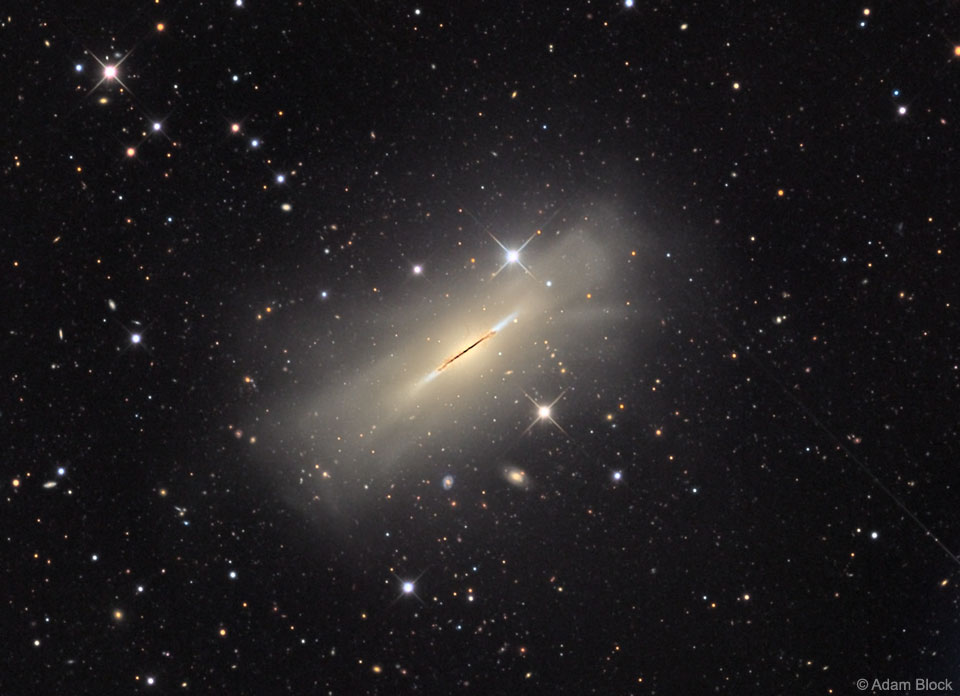
The NASA Caucus Only Wants To Talk To Itself
But no one at @AIAspeaks seems to have bothered to invite news media or figure out how to do one of those webcast things so that the word could get out to the 99.9% of the rest us who are not in the room. (Sigh) more choir practice inside the DC echo chamber #NASAcaucus https://t.co/OIB9359Sh1
— NASA Watch (@NASAWatch) July 24, 2018
from NASA Watch https://ift.tt/2NIien7
via IFTTT
Watch This Space: NASA Administrator Talks Webb Science with Nobel Laureate
July 24, 2018
from NASA https://ift.tt/2A85ggk
via IFTTT
CASIS May Be Nervous About Its Future on ISS
Sources report that @ISS_CASIS is out hiring Washington, DC lobbying firms. All this talk of commercializing ISS must have #CASIS worried that they might not have exclusive access any more. Stay tuned. #ISSRDC @ISS_Research @nasa pic.twitter.com/W9ydW0UsOz
— NASA Watch (@NASAWatch) July 24, 2018
from NASA Watch https://ift.tt/2A8BA2D
via IFTTT
Candid Apollo

2018年7月23日 星期一
That #MadeInAmerica Thing Ignored Commercial Spacecraft
Its a little strange @JimBridenstine that other #MadeInAmerica spacecraft - totally commercial spacecraft - such as those made by @SpaceX @BoeingSpace , @BlueOrigin @VirginGalactic are not part of this White House photo op. Just sayin' https://t.co/OhDWtahfK0
— NASA Watch (@NASAWatch) July 23, 2018
from NASA Watch https://ift.tt/2LLC6Vx
via IFTTT
NASA Awards Facility Operations Support Contract
July 23, 2018
from NASA https://ift.tt/2OcH0Nh
via IFTTT
Iceberg Towers Over Greenland Village

2018年7月22日 星期日
Fermi Science Finals
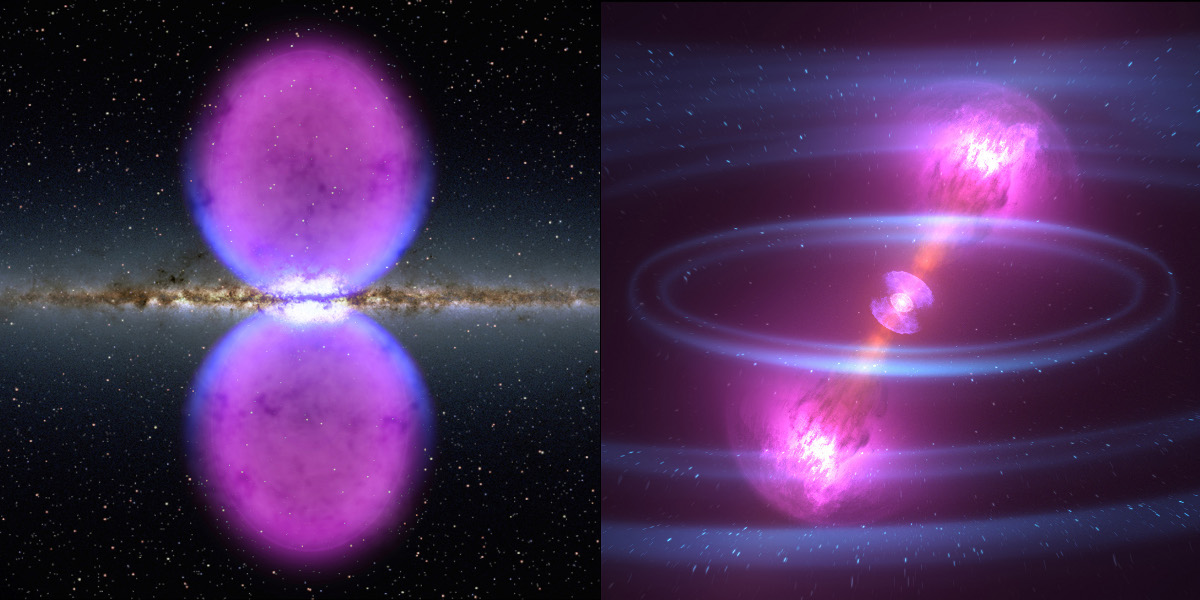
TELSTAR 19 VANTAGE
On Sunday, July 22, 2018 at 1:50 a.m. EDT, SpaceX successfully launched the Telstar 19 VANTAGE satellite from Space Launch Complex 40 (SLC-40) at Cape Canaveral Air Force Station in Florida.
The satellite was deployed approximately 32 minutes after liftoff. Following stage separation, SpaceX successfully landed Falcon 9’s first stage on the “Of Course I Still Love You” droneship in the Atlantic Ocean.
You can watch a replay of the launch below and find more information about the mission in our press kit.
from SpaceX News https://ift.tt/2JG15YJ
via IFTTT
2018年7月21日 星期六
Boeing Starliner Problems During Pad Abort Test
Boeing suffers a setback with Starliner's pad abort test, Ars Technica
"The company said it conducted a hot-fire test of the launch-abort engines on an integrated service module at the White Sands Test Facility in New Mexico in June. The engines successfully ignited and ran for the full duration, but during engine shutdown an anomaly occurred that resulted in a propellant leak. "We have been conducting a thorough investigation with assistance from our NASA and industry partners," the statement said. "We are confident we found the cause and are moving forward with corrective action. Flight safety and risk mitigation are why we conduct such rigorous testing, and anomalies are a natural part of any test program."
from NASA Watch https://ift.tt/2zUGz6Q
via IFTTT
2018年7月20日 星期五
Apollo 11 Landing Site Panorama
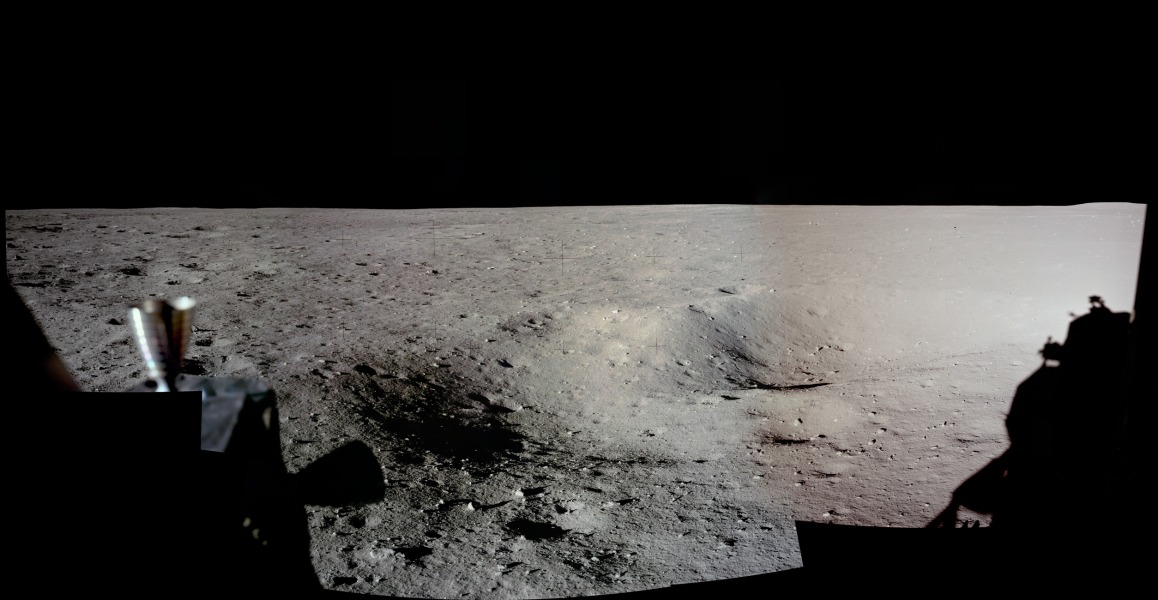
At Tranquility Base

NASA Brings Latest Aerospace Technologies to AirVenture 2018
July 20, 2018
from NASA https://ift.tt/2NtPwpW
via IFTTT
ISS Daily Summary Report – 7/19/2018
July 20, 2018 at 12:00AM
from NASA https://ift.tt/2NwBUtI
via IFTTT
2018年7月19日 星期四
The Teapot and the Milky Way
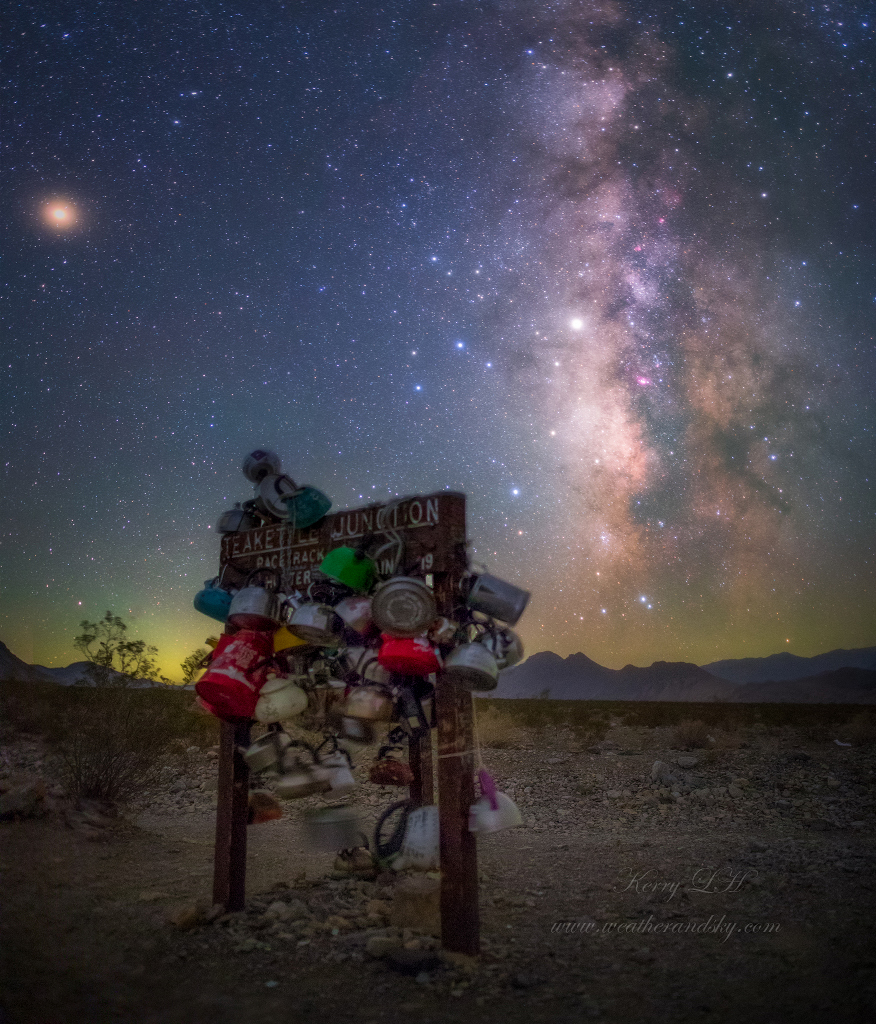
NASA Launches Channel for Roku
July 19, 2018
from NASA https://ift.tt/2uOn3n3
via IFTTT
Testing Satellite Servicing Technologies

NASA Invites Media to Preview Briefing on Spacecraft that will “Touch” Sun
July 18, 2018
from NASA https://ift.tt/2LlXcx4
via IFTTT
2018年7月18日 星期三
Cerealia Facula
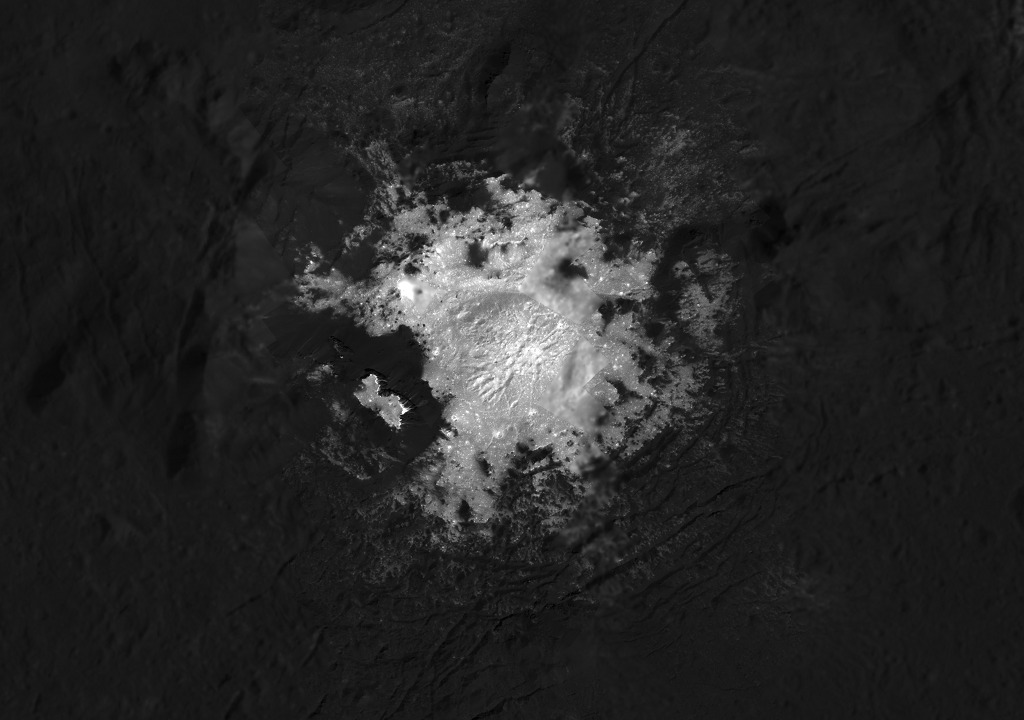
Odd Hearings Ahead On Webb Space Telescope Problems
Keith's note: Next week there will be an unusual pair of hearings - same committee, same topic, but a different witness lineup. Have a look:
Panel 1 - Wednesday July 25, 2018 at 10:00 a.m.
Hon. Jim Bridenstine, administrator, NASA
Mr. Tom Young, chairman, JWST Independent Review Board
Panel 2 - Thursday, July 26, 2018 at 9:00 a.m.
Mr. Wesley Bush, chief executive officer, Northrop Grumman Corp.
Mr. Tom Young, chairman, JWST Independent Review Board
OK, so this is strange. Webb Space Telescope is more than a decade late and has busted its budget cap yet again - this time by $800 million - so much so that Congress is required, by law, to reauthorize the entire project. Oddly, the NASA Administrator (who pays for this project) and the CEO of Northrop Grumman (who gets paid for this project) are not testifying together - not even on the same day. But the JWST IRB chair will testify with both Bridenstine and Bush. Its almost as if NASA wants to get their viewpoint and that of the Webb IRB first and then Northrop Grumman has 24 hours to get their act together - except - Congress usually wants prepared testimony submitted a day or more in advance. Or maybe there is a lot of looming tension and Congress does not want a cage match between NASA and Northrop Grumman. Stay tuned.
- Northrop Grumman's Webb Space Telescope Charm Offensive, earlier post
- Clueless Webb Telescope Advertisement From Northrop Grumman, earlier post
- More Cost Increases And Delays For Webb Space Telescope, earlier post
- Pieces Are Falling Off Of James Webb Space Telescope, earlier post
- Where Oh Where Did All Of That Webb Money Go?, earlier post
from NASA Watch https://ift.tt/2zNIQ40
via IFTTT
Lunar Gateway: China Has Other Ideas
Chinese space official seems unimpressed with NASA's lunar gateway, Ars Technica
"Another slide from [CNSA's Pei Zhaoyu] offered some thoughts on the gateway concept, which NASA intends to build out during the 2020s, delaying a human landing on the Moon until the end of the decade at the earliest. Pei does not appear to be certain about the scientific objectives of such a station, and the deputy director concludes that, from a cost-benefit standpoint, the gateway would have "lost cost-effectiveness."
from NASA Watch https://ift.tt/2mruegY
via IFTTT
Big Announcement at KSC With Pence?
Mike Pence will visit Cape Canaveral next month for a big space update, Orlando Weekly
"Vice President Mike Pence will visit NASA's Kennedy Space Center in Cape Canaveral next month to announce the first astronaut crews under NASA's Commercial Crew Program, according to sources familiar with the matter. Pence, who chairs the National Space Council, will confirm a new launch date for the first private crew missions and announce which crew capsules each of the four selected astronauts will ride in to the International Space Station."
from NASA Watch https://ift.tt/2uNPeSO
via IFTTT
NASA Might Launch From The UK
UK spaceports: NASA could launch satellites from new bases, Sky News
"Jim Bridenstine, who was appointed as NASA's administrator by US president Donald Trump earlier this year, said the UK government's plans for new spaceports open new opportunities. "We are thrilled about this. "It's about what we are trying to launch, where do we want it to go in orbit and who can provide the best price. "The UK and the US have a long partnership in space exploration," he added. "I would see NASA putting satellites on top of a rocket that launches from the UK," he said."
from NASA Watch https://ift.tt/2O1Bv3M
via IFTTT
NASA Debuts Online Toolkit to Promote Commercial Use of Satellite Data
July 18, 2018
from NASA https://ift.tt/2uxAkRi
via IFTTT
NASA Television, Website to Air Critical Conversations on Science in Space
July 18, 2018
from NASA https://ift.tt/2JzHN7g
via IFTTT
NASA, French Aerospace Lab to Collaborate on Sonic Boom Prediction Research
July 18, 2018
from NASA https://ift.tt/2L3UCwa
via IFTTT
Blue Origin Makes Space Travel Seem Routine
Keith's note: Flawless 9th flight for BlueOrigin. If only airlines operated like this. Watch a replay.
Flawless 9th flight for @BlueOrigin. If only airlines operated like this. #blueorigin #NewShepard pic.twitter.com/t0e73wpNXx
— NASA Watch (@NASAWatch) July 18, 2018
from NASA Watch https://ift.tt/2uKkeDs
via IFTTT
Orion Parachutes Chalk Up Another Test Success in Arizona

More Flying Rich People Will Soon Fly Into Space. Yawn.
Exciting that companies will soon put customers into space. But when ticket prices exceed the average cost of a 4 year college education or a family's house only rich people are going to be buying tickets. What about the rest of us? No one in the space media ever reports on that. pic.twitter.com/70WgaAlMpE
— NASA Watch (@NASAWatch) July 18, 2018
from NASA Watch https://ift.tt/2JzcUQk
via IFTTT
2018年7月17日 星期二
More Turmoil At The Space Foundation
Update from @SpaceFoundation Long time (12+ year) employee Brendan Curry is out as VP of DC operations. Sources report that former @NASA PAO AA @JenRaeWang (Trump appointee) is his replacement. Stay tuned. #MoreDrama
— NASA Watch (@NASAWatch) July 17, 2018
from NASA Watch https://ift.tt/2Lr6p3G
via IFTTT